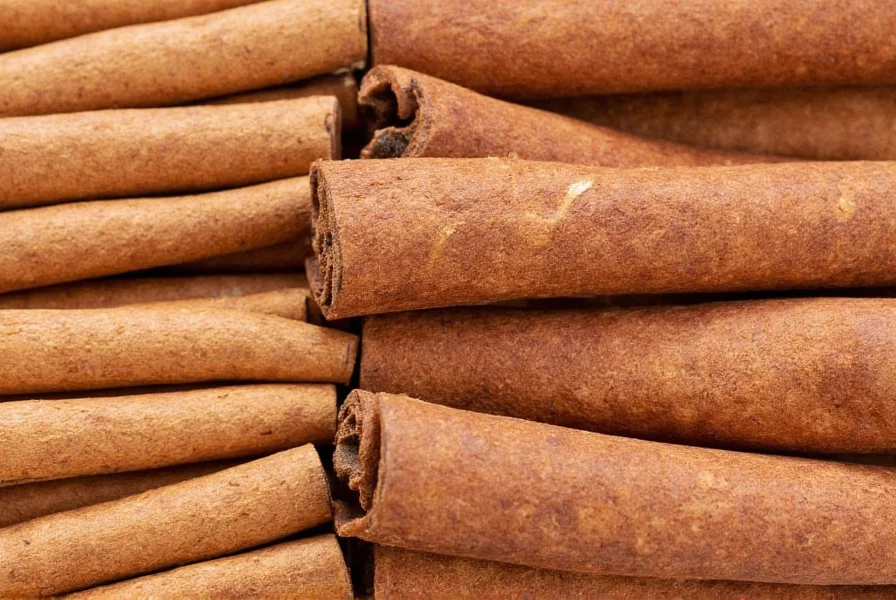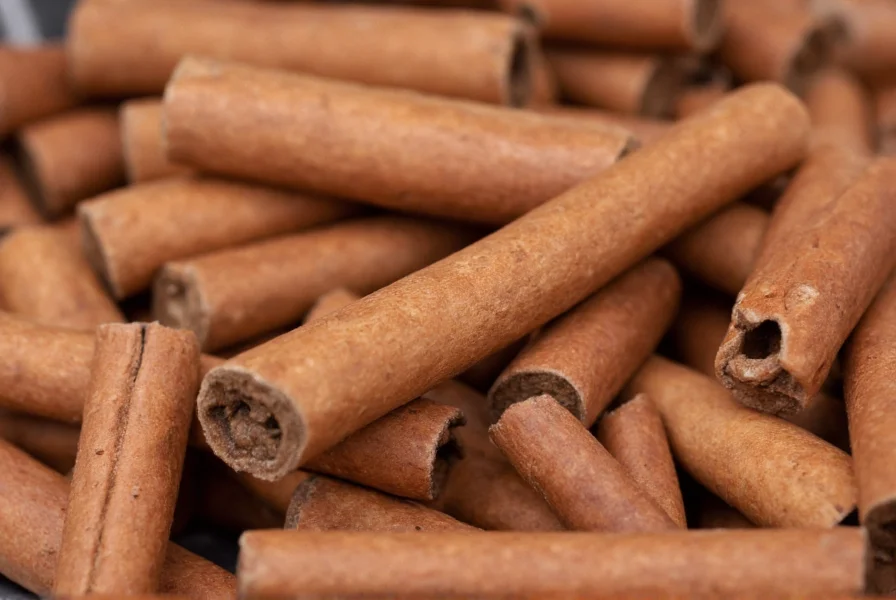Authentic Jamaican cinnamon sticks represent one of the most prized varieties of Cinnamomum verum, commonly known as "true cinnamon." Unlike the more widely available Cassia cinnamon, Jamaican cinnamon grows exclusively in Jamaica's Blue Mountains under specific climatic conditions that impart its distinctive flavor profile. This premium spice contains only trace amounts of coumarin, a compound found in higher concentrations in Cassia varieties that can cause health concerns with regular consumption.
What Makes Jamaican Cinnamon Unique
The distinctive characteristics of genuine Jamaican cinnamon sticks stem from their specific growing environment in Jamaica's Blue Mountains. The combination of altitude, volcanic soil, and tropical climate creates ideal conditions for Cinnamomum verum trees to develop their signature flavor compounds. When evaluating authentic Jamaican cinnamon sticks, look for thin, papery quills that form multiple delicate layers—typically 20-30 concentric layers compared to Cassia's single thick layer.
| Cinnamon Type | Origin | Coumarin Content | Flavor Profile | Best Culinary Uses |
|---|---|---|---|---|
| Jamaican (C. verum) | Jamaica Blue Mountains | 0.004-0.1% | Sweet, citrusy, delicate warmth | Desserts, beverages, delicate sauces |
| Ceylon | Sri Lanka | 0.017-0.06% | Mild, sweet, subtle complexity | Similar to Jamaican, slightly less citrus |
| Cassia | China/Indonesia | 5-12% | Strong, spicy, pungent | Robust dishes, baking, spice blends |
Flavor Profile and Sensory Characteristics
Jamaican cinnamon sticks deliver a complex flavor experience that distinguishes them from other varieties. The initial taste reveals bright citrus notes followed by a sweet, woody warmth that lingers without becoming overpowering. Professional chefs particularly value Jamaican cinnamon for its ability to enhance rather than dominate dishes. When crushed, authentic Jamaican cinnamon releases volatile oils that create an aromatic profile with hints of honey and subtle floral notes—characteristics rarely found in Cassia varieties.

Culinary Applications for Jamaican Cinnamon
The delicate nature of Jamaican cinnamon sticks makes them particularly suitable for applications where subtlety matters. Unlike stronger Cassia varieties, Jamaican cinnamon won't overpower delicate flavors in:
- Light-colored desserts like crème brûlée and panna cotta
- Fruit-based dishes including poached pears and apple tarts
- White wine reductions and delicate sauces
- Hot beverages where clarity of flavor is essential
- Caribbean-inspired dishes requiring authentic flavor profiles
For optimal flavor extraction, gently crush Jamaican cinnamon sticks before use to increase surface area while preserving their delicate structure. Whole sticks work beautifully in mulled wines and syrups, where they can be easily removed after infusion.
Identifying Authentic Jamaican Cinnamon
Distinguishing genuine Jamaican cinnamon sticks from imitations requires attention to specific characteristics. Authentic sticks should:
- Form multiple thin, papery layers that separate easily
- Exhibit a light tan to pale brown color (never dark reddish-brown)
- Break cleanly with a snap rather than bending
- Release a sweet, citrus-forward aroma when crushed
- Come with documentation of Jamaican origin (look for JACRA certification)
Be wary of products labeled "Jamaican style" or "Jamaican blend"—these typically contain Cassia cinnamon with added flavorings. True Jamaican cinnamon commands a premium price due to limited production and labor-intensive harvesting methods.
Proper Storage Techniques
To preserve the delicate flavor compounds in Jamaican cinnamon sticks, proper storage is essential. Store whole sticks in airtight glass containers away from light and heat sources. Unlike ground cinnamon, properly stored Jamaican cinnamon sticks maintain their potency for 2-3 years. Avoid plastic containers, which can absorb the essential oils and diminish flavor. For extended storage, consider keeping cinnamon sticks in the freezer where they'll remain viable for up to five years without significant flavor degradation.
Common Misconceptions
Several myths surround Jamaican cinnamon sticks that deserve clarification. First, while all Cinnamomum verum varieties contain less coumarin than Cassia, Jamaican-grown specimens typically have the lowest concentrations due to specific soil composition. Second, the "true cinnamon" designation applies to all Cinnamomum verum varieties—not exclusively Jamaican—though Jamaican cinnamon represents one of the highest quality expressions of this species. Finally, Jamaican cinnamon isn't inherently "stronger" than other varieties; its value lies in its nuanced flavor profile rather than intensity.
What makes Jamaican cinnamon different from other varieties?
Jamaican cinnamon (Cinnamomum verum) has a distinctive sweet-citrus flavor with subtle warmth. It contains significantly less coumarin than Cassia cinnamon, making it safer for regular consumption. The sticks are thinner and more delicate than Cassia, with multiple thin layers that easily crumble when broken. Grown exclusively in Jamaica's Blue Mountains, it represents one of the highest quality expressions of true cinnamon.
How can I verify I'm purchasing authentic Jamaican cinnamon sticks?
Look for multiple thin, papery layers (20-30) that separate easily, a light tan color (not dark reddish-brown), and a clean snap when broken. Authentic products should include JACRA certification or documentation of Jamaican origin. Be cautious of products labeled "Jamaican style" or "Jamaican blend," which typically contain Cassia cinnamon with added flavorings. Genuine Jamaican cinnamon commands a premium price due to limited production.
What are the best culinary uses for Jamaican cinnamon sticks?
Jamaican cinnamon sticks excel in applications requiring subtle flavoring: light-colored desserts (crème brûlée, panna cotta), fruit dishes (poached pears, apple tarts), delicate sauces, hot beverages, and Caribbean-inspired recipes. Their delicate profile won't overpower other ingredients. For optimal flavor, gently crush sticks before use in dry applications or use whole in liquid preparations like mulled wines where they can be easily removed after infusion.
How should I store Jamaican cinnamon sticks to maintain freshness?
Store whole Jamaican cinnamon sticks in airtight glass containers away from light and heat. Properly stored, they maintain potency for 2-3 years. Avoid plastic containers which can absorb essential oils. For extended storage up to five years, keep them in the freezer. Unlike ground cinnamon, whole sticks preserve their delicate flavor compounds much longer when stored correctly.











 浙公网安备
33010002000092号
浙公网安备
33010002000092号 浙B2-20120091-4
浙B2-20120091-4